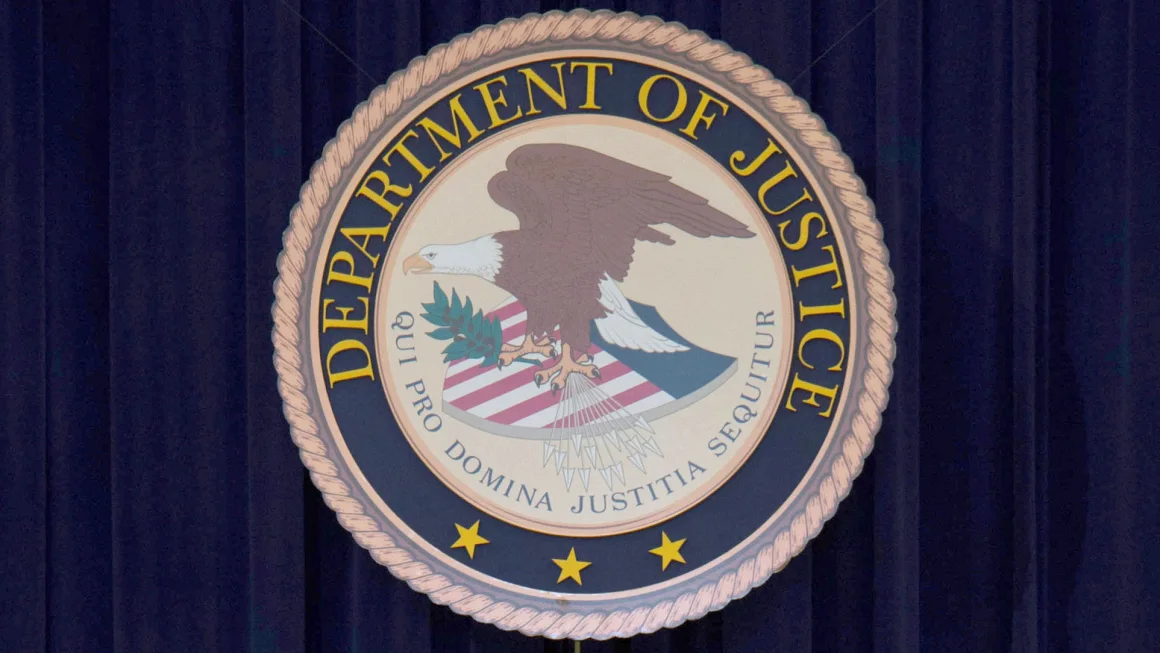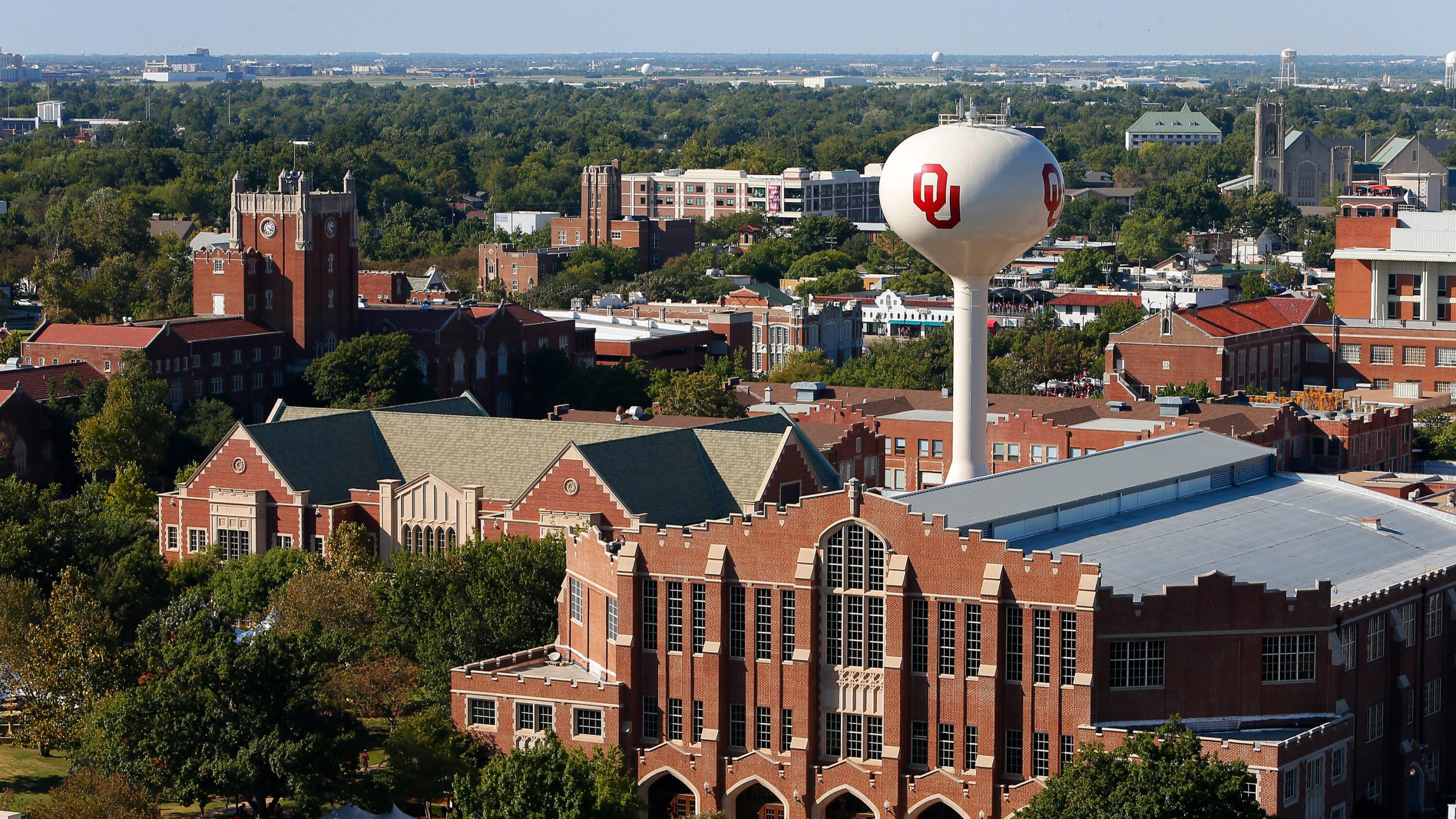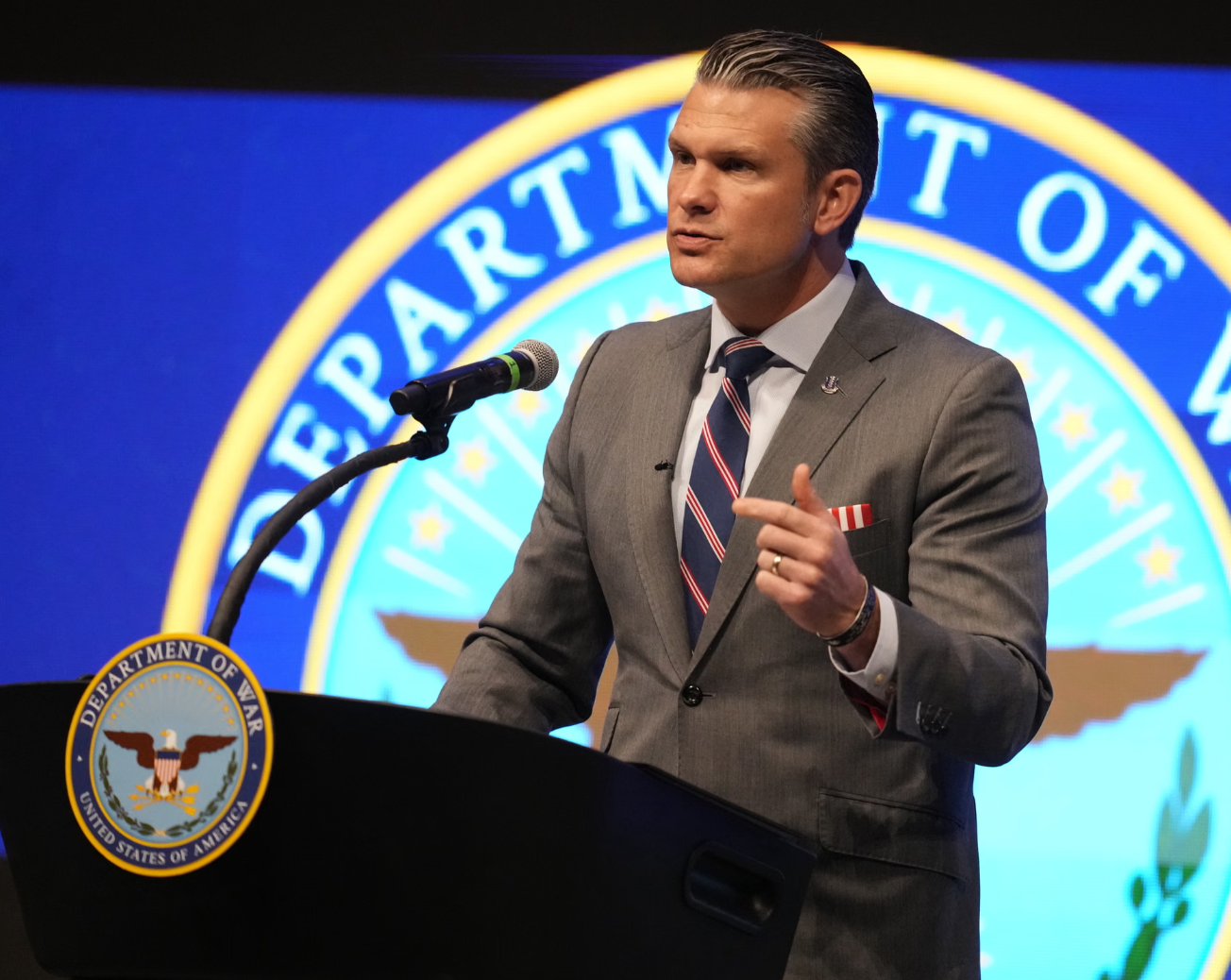The largest public school district in Kansas has agreed to revise its disciplinary practices as part of a settlement with the US Justice Department, resolving a federal civil rights investigation that determined its educators engaged in a pattern of discrimination against Black and disabled students.
As part of the settlement agreement, which the Justice Department announced Tuesday, the Wichita Public Schools district will implement changes to end its use of seclusion, reform its restraint practices and refrain from referring students to law enforcement while dealing with routine school discipline matters, the department said in a news release.
Black students in the district faced harsher, more severe disciplinary action than White students who engaged in “similar conduct and had similar backgrounds and disciplinary histories,” the agency found.
Insubordination was the most common offense for which the district disciplined Black students at a higher rate. The agency called the pattern “especially stark” when it came to disciplining Black girls, whose behavior was “repeatedly characterized using stereotypical terms like ‘attitude’ or ‘drama,’” the release said.
Black girls were also frequently and unnecessarily excluded from the school environment for “perceived insubordination” as well as dress code violations at some middle schools, the agreement said.
During the period covered by the investigation, students with disabilities were subjected to 98% of the district’s roughly 3,000 restraints and seclusions, and at least 44 students received 20 or more, the release said; one student was restrained or secluded at least 144 times, including 99 seclusions that lasted over 15 hours.
Investigators visited the district’s special schools for students with behavioral disabilities and discovered “inferior facilities devoid of furniture, educational equipment and the kinds of decor commonly found in schools, and staff who could not meet the needs of students,” the release stated.
By the start of the next school year this fall, the district is required to create an Office of Behavior Management Support and Oversight to monitor restraint practices, ensuring compliance with the agreement, the settlement document says. As part of the new policy, educators can only restrain students when they pose an imminent danger of serious physical harm to themselves or others, it said.
The district must also write a new code of conduct policy that will “standardize dress code policies and create a behavior intervention protocol” to prevent discrimination in disciplining students, among other measures, the department said. It will provide counseling, as well as compensatory education to students who experienced repeated seclusion, according to the agreement.
Nationally, Black students experience more restraints and seclusions
At a Tuesday news conference, Kelly Bielefeld, the school district’s superintendent, said the investigation started in spring 2022, adding: “We don’t know what may have prompted the initial inquiry, but I can tell you that we can, and we must create a more equitable school district.”
The Justice Department has conducted similar investigations into school districts across the nation, including one completed in 2021 that revealed Black and Asian American Students at the Davis School District in Utah were harassed for years and officials deliberately ignored complaints from parents and students.
The department’s Educational Opportunities Section, part of its civil rights division, has been investigating and resolving complaints of improper seclusion of students with disabilities in public schools.
According to a 2023 report from the US Department of Education’s Office for Civil Rights, “approximately 52,800 K-12 students were physically restrained, mechanically restrained, and/or placed in seclusion at schools,” during the 2020-2021 school year.
While Black students made up 15% of K-12 public school enrollment during the same year, the report found they accounted for 21% of students physically restrained, 42% of the students restrained using a device or equipment, and 19% of students secluded.
Boys, Black students, students of two or more races and students with disabilities were also more likely to be restrained, the report said.
“Black students inside our nation’s public schools should not have to face discipline or a referral to law enforcement because of their race. And students with disabilities should not have to experience the trauma of seclusion or improper restraint,” said Assistant Attorney General for Civil Rights Kristen Clarke.
“Schools in our communities should not be a place of fear or mistrust.”




